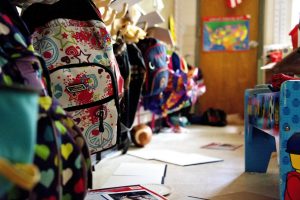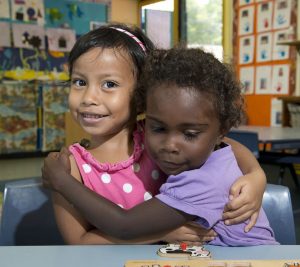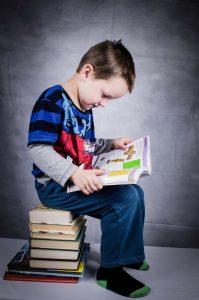The socialization process prepares children to function in an appropriate and acceptable manner within their society. Socialization is a process through which parents, teachers, and others in a child’s life provide them with the necessary guidance to promote their social behavior. This guidance is provided in verbal and non-verbal actions to situations including both positive and negative interactions. The most common form of socialization is face-to-face, however socialization does come in many forms.
Socialization starts when a child is born. They are first introduced to socialization within their family and then formally introduced when they attend a child care center. Child care centers play an essential part in the socialization process, exposing children to the necessary skills to socialize with each other, and adults outside of their family. This enlarges their social world to incorporate individuals from different backgrounds as well as providing them with opportunities to learn the difference between appropriate and inappropriate interactions. This also exposes children to strangers and they learn how to cooperate as part of a group in and out of the classroom setting. Therefore, child care centers provide a variety of opportunities for children to socialize.
Appropriate socialization allows children the opportunity to become productive members of society. On the contrary, inappropriate socialization will deprive children of the necessary skills needed to be productive. Social skills are related to knowing right from wrong and how to interact with others. This being said, children who acquire, and practice proper social skills, recognizing the benefits of right over wrong, will be successful in most social situations.
Children need to be taught social skills to know how to function as adults in society. Early childhood educators state that young children should be provided with social experiences daily. These skills allow children to learn how to display appropriate behavior. Teachers should recognize when children are not provided with appropriate socialization skills, they are limiting the children’s ability to function. I’m sure that we all know someone who does not have social skills. Teachers play an important part in allowing children to develop appropriate social skills. They should provide children with opportunities to learn how to get along with other children and adults within the classroom.
Socialization is not just interacting with peers, it also involves learning about different cultures and values. That is why child care centers should have various opportunities to incorporate diversity into their curriculum.
There are many children that are not attending child care centers for several reasons one being that the parents are homeschooling. These children will receive socialization opportunities through their interactions with family members, friends, and group activities. When it comes to socialization all educators including home school parents must ensure that children are provided with opportunities to develop their socialization skills.




